Today, we meet a true professional in portrait tattooing — Michelle Vestergård. In a world where art breaks all boundaries and rules, Michelle has managed to create her own unique style, blending deep emotions, expressiveness, and flawless technique. Her works astonish with their realism and touch the deepest parts of the soul, especially when it comes to portraits. Michelle doesn’t just transfer an image onto the skin — she creates a story, conveying the full spectrum of emotions through every stroke. In our interview, Michelle will share her creative journey, how her art helps people cope with loss, and how tattoos become a way of healing and self-expression.
Can you tell us about your journey into tattooing and what inspired you to specialize in black-and-gray portrait realism?
- I was fortunate enough to be born into a very creative family, with a mom who was a graphic designer, and a dad who did tattoos on a hobby basis. I think my dad was regretful that he never made a career out of tattooing. So when I was 12, he started slowly hinting that I should give it a try since I was already really into drawing. I made my first tattoo when I was 14 and continued practicing on all of his biker friends until I was 19, when I was offered a full-time job in a studio. For some reason, in the beginning, portraits felt like the final level—the “boss” of the game. So it was always something I was very apprehensive about. I think I was 5 years into my career before even trying it out, but at the same time, everything else I was doing was building up to it, simply because it felt like this was where I could challenge myself the most.
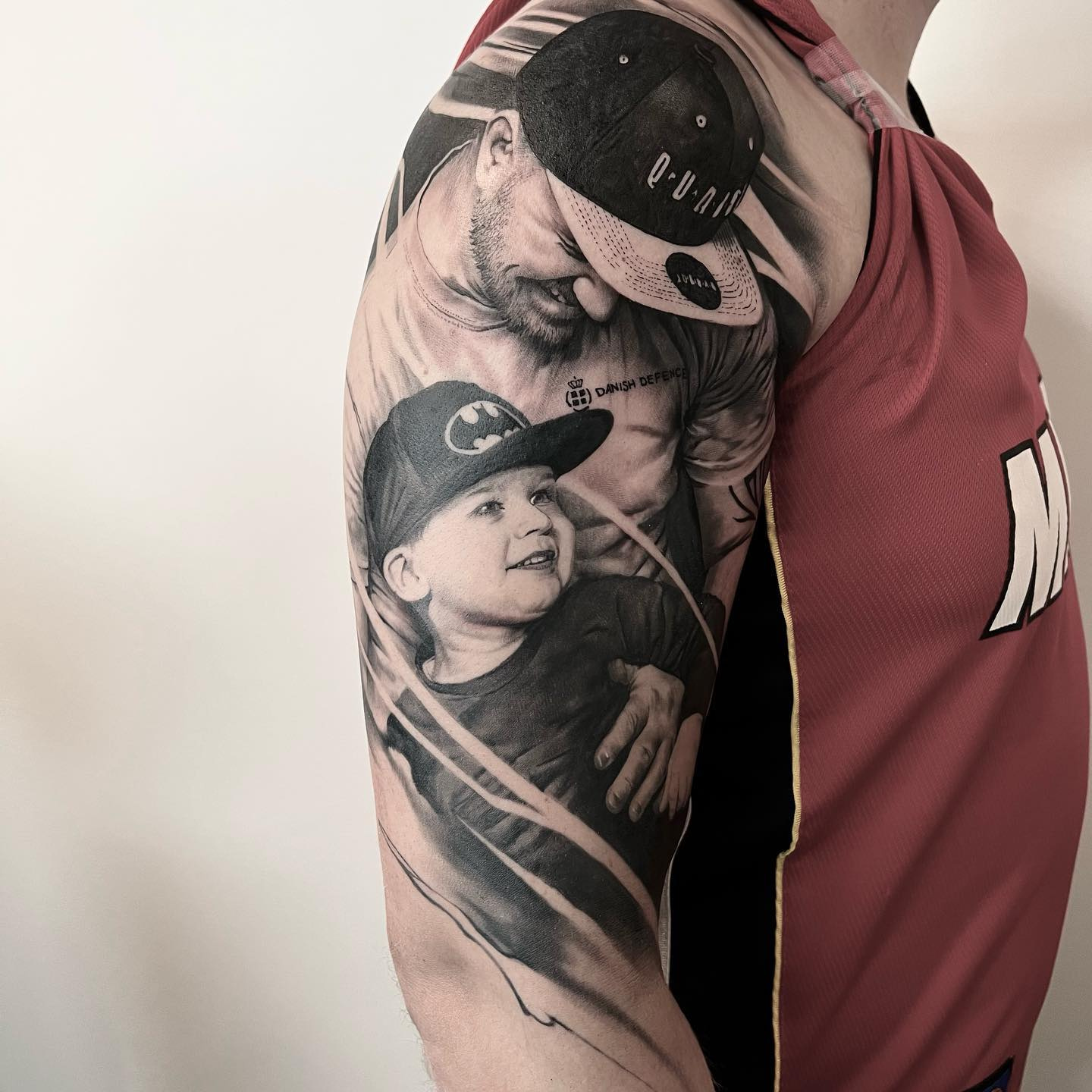
How would you describe your artistic style, and what techniques do you find most effective in achieving your desired results?
- I would say I do two types of styles. One is classic portrait, and the other is where I get more artistic freedom to do designs. People often describe these as having a darker, more melancholy feeling that speaks to emotions rather than something that just looks nice. I would probably call it high-contrast abstract realism if I had to give it a name. I think that the high-contrast element is a technique in itself because, in everything I do, I try to find the contrast that creates balance in the design. For example, it could be the contrast between very smooth shading in the realism and a more textured, chaotic feeling towards the abstract. Or the contrast between having very detailed areas and some places where I use solid black or leave the skin completely free.

Are there specific artists or styles that have influenced your work? How do you incorporate those influences into your tattoos?
- There are so many amazing artists out there, and I never get tired of studying and analyzing other people’s work. But to highlight somebody specific, Kurt Staudinger has been a massive inspiration and plays a huge part in where my art is today. He just has the most amazing mind when it comes to abstract and contrast. Every time I look at his profile, I want to delete all my pictures, start over, and up my game! So I probably use people like him (and many others) to push myself.
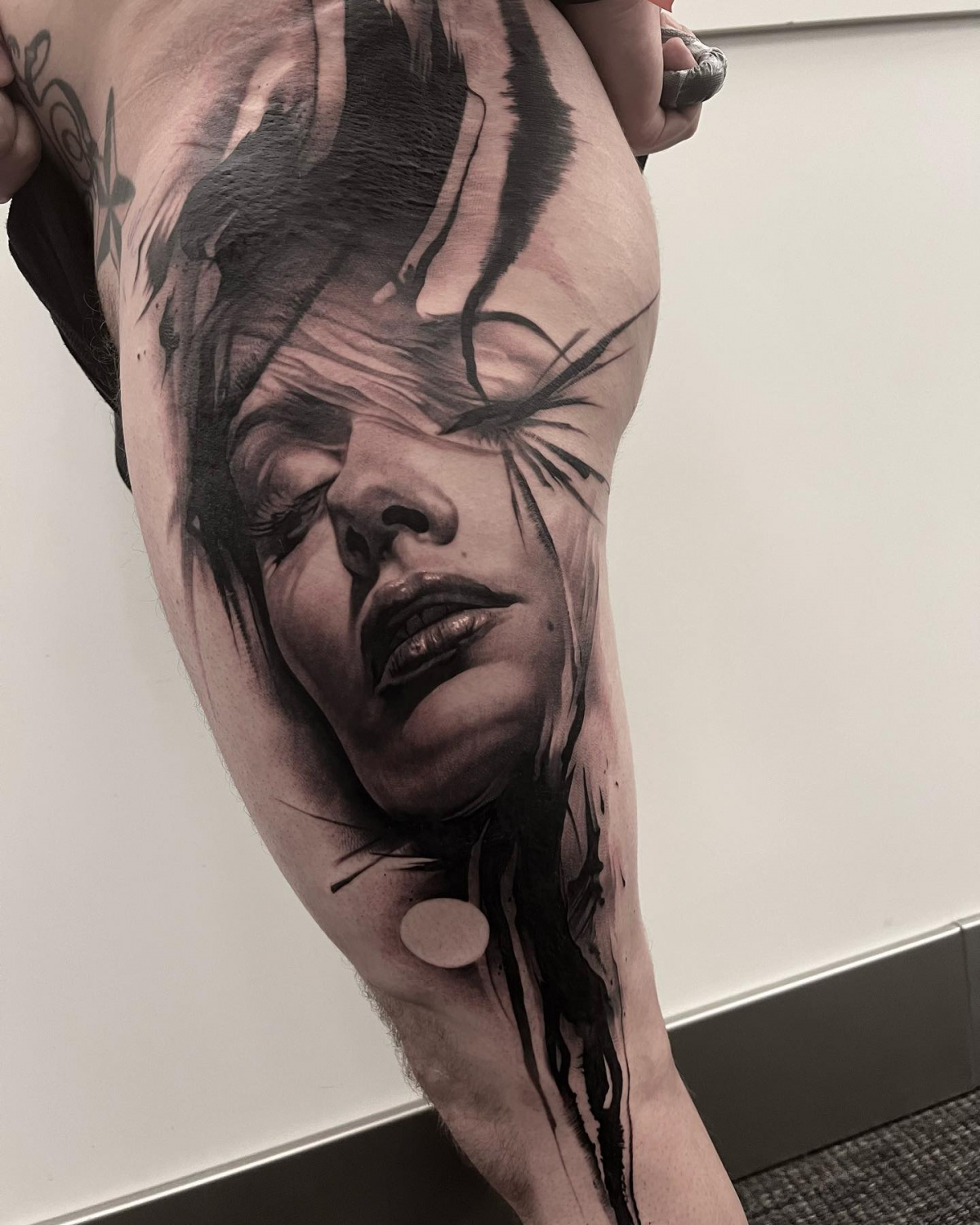
Can you share a memorable project or tattoo you’ve completed that stands out in your career? What made it special?
- Doing memorial portraits has given me the opportunity to hear so many heartbreaking and sad stories. But I think one that stands out in my mind was a father getting a tattoo of his three-year-old daughter, who was fighting leukemia. By the end of the session, the mom came into the studio with this little girl, who proudly lifted up her shirt to show me her tattoo—a little dot right in the center of her stomach because she was getting radiation treatment. So that tattoo probably wasn’t more special than other tattoos I’ve done, but this little girl was! And I think it was one of the first times I truly realized how much these tattoos mean to people and how they can be used as a coping mechanism in difficult life situations. That really touched me.
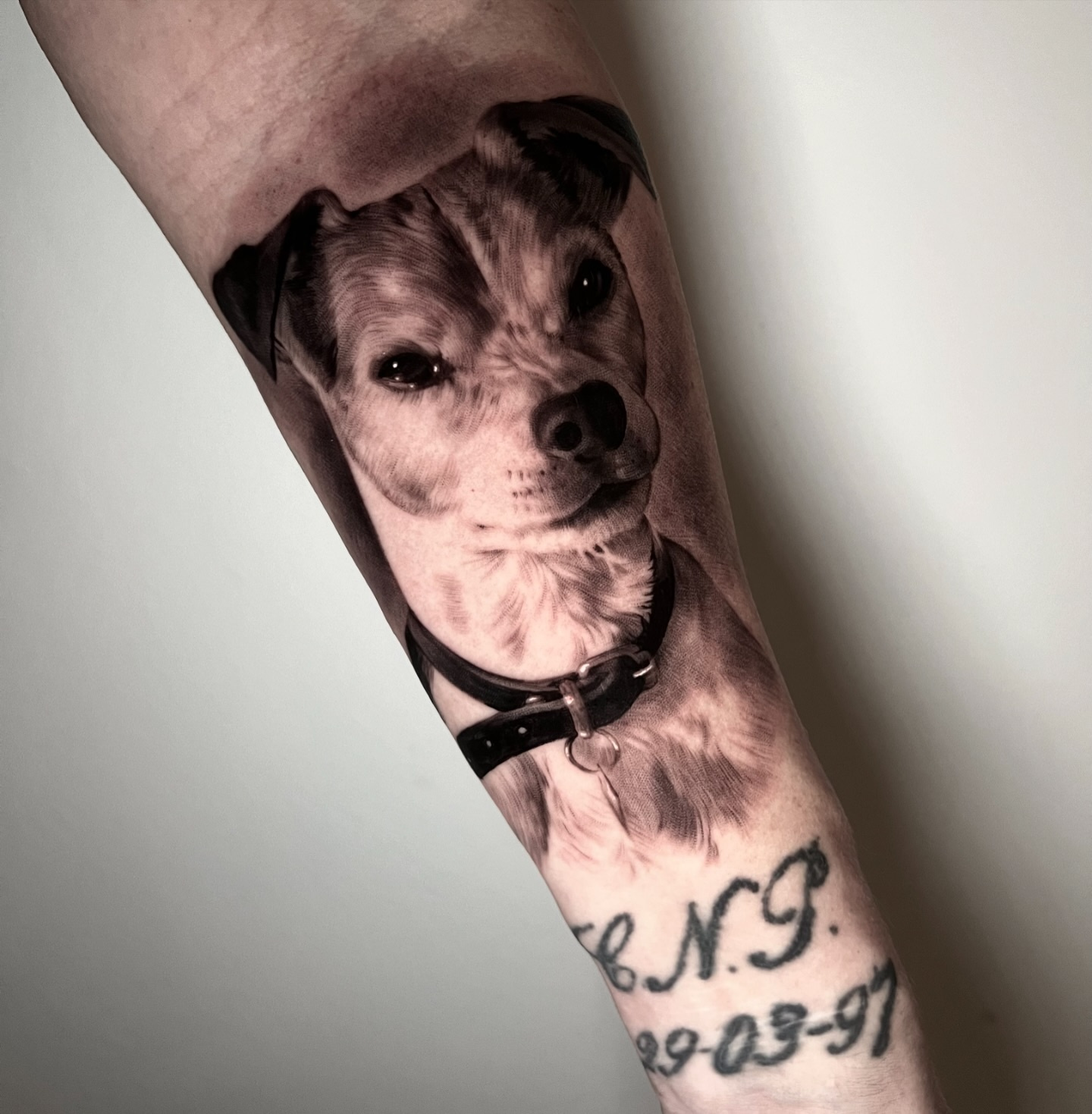
What challenges do you face when working on detailed portrait tattoos, and how do you overcome them?
- I think the main challenge would be the reference photos people bring me. A lot of the time, when I explain to people how important it is to have the right picture to work from, they understand and do what they can. I have a collaboration deal with a photographer, so she knows exactly how I want the lighting to be, how I want the person facing depending on where the portrait is going to be on the body, and so on. But unfortunately, many times, when people come to get a portrait, it is of someone who has passed away. This, of course, means that we are restricted to the pictures they already have. I try to improve the pictures to the best of my ability, using everything from Photoshop to AI. But sometimes the tools I have are simply not enough, and I would rather turn the tattoo down or talk them into another type of memorial tattoo than do a bad portrait.
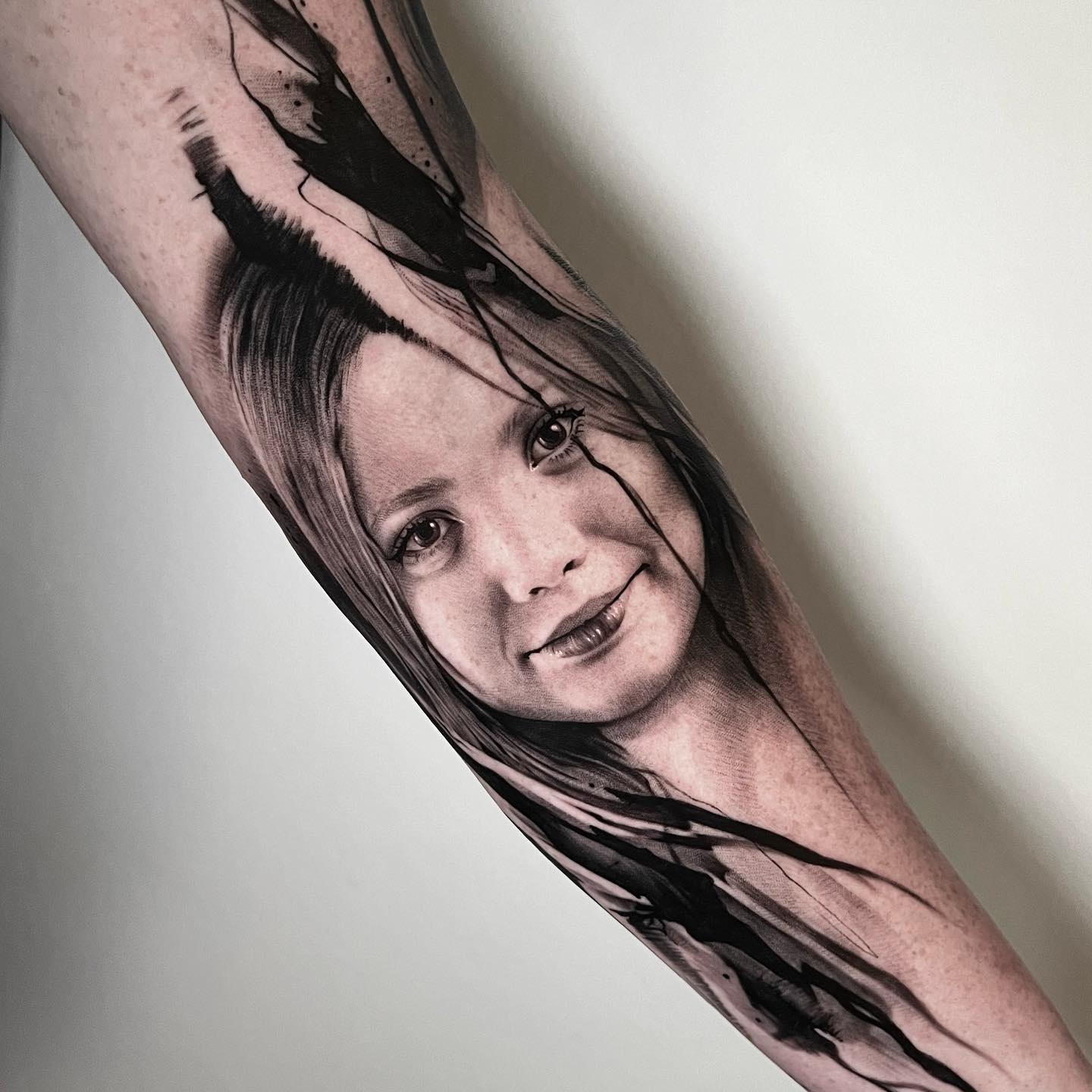
How do you ensure that your tattoos maintain their quality and detail over time?
- As I mentioned before, contrast is really important to me, and I also believe contrast is the best tool for making tattoos maintain their values over time. Also, I make sure to cut down to only the necessary details in areas where a lot is going on, to prevent the details from blurring together after many years.
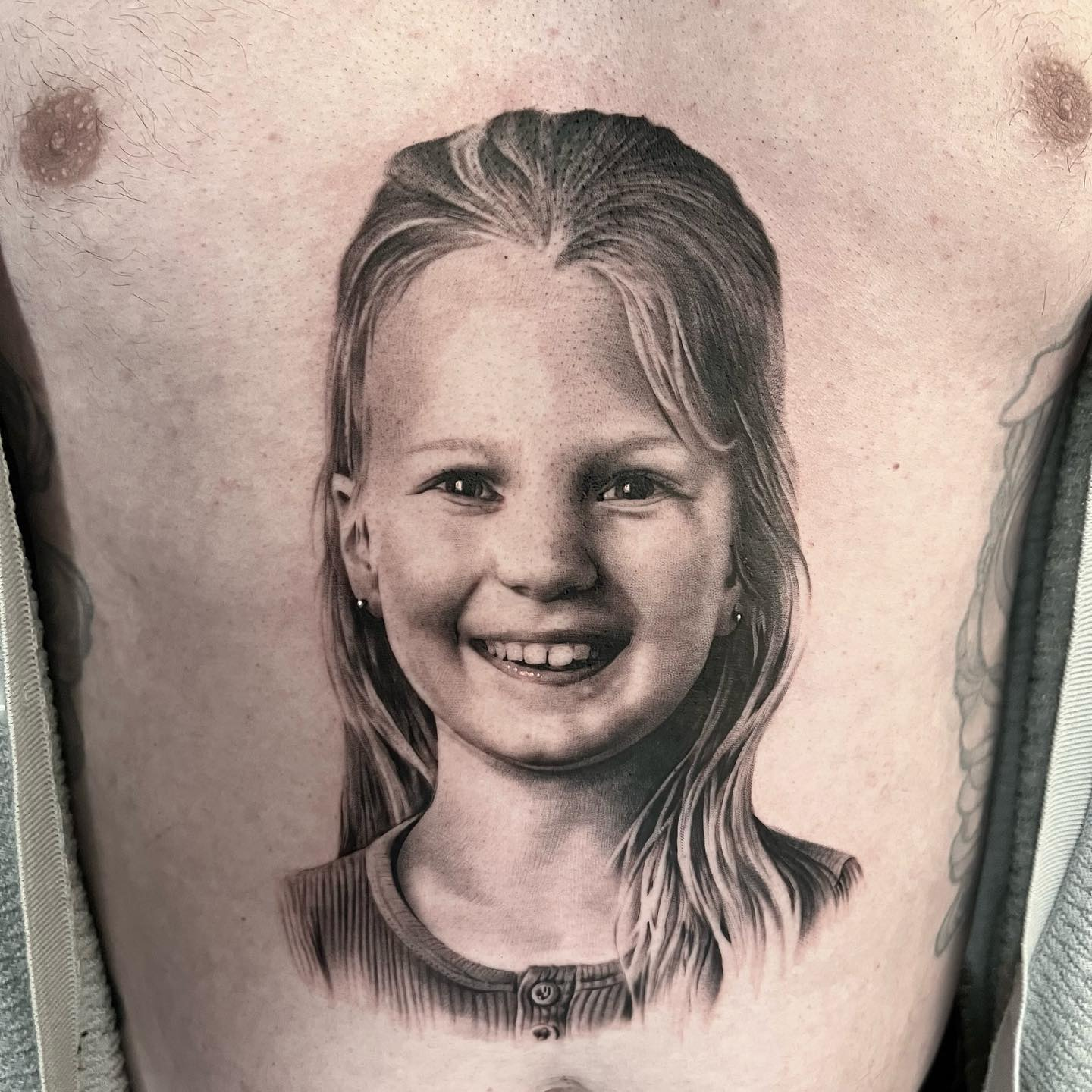
What role does lighting and shading play in your work, and how do you achieve that depth in your tattoos?
- It plays a massive role, and I try to analyze and study how I can manipulate light and shading to get as much depth as possible. I try to find reference pictures that have an interesting light source, creating shades on the face that will complement the design I have in mind. Then, on top of that, I manipulate the contrast of the photos even further to get the depth I desire.
Can you talk about any particular themes or subjects you enjoy exploring in your work?
- I know it’s a boring answer that probably a lot of people say, but I can’t avoid saying that I simply love doing faces! I don’t think I will ever get tired of doing faces. They are so complicated yet so simple at the same time, and they can express so many different emotions simply by manipulating small facial features. On a more themed basis, I love everything horror—not necessarily blood and gore, but more the subtle, understated dark sides of humanity.
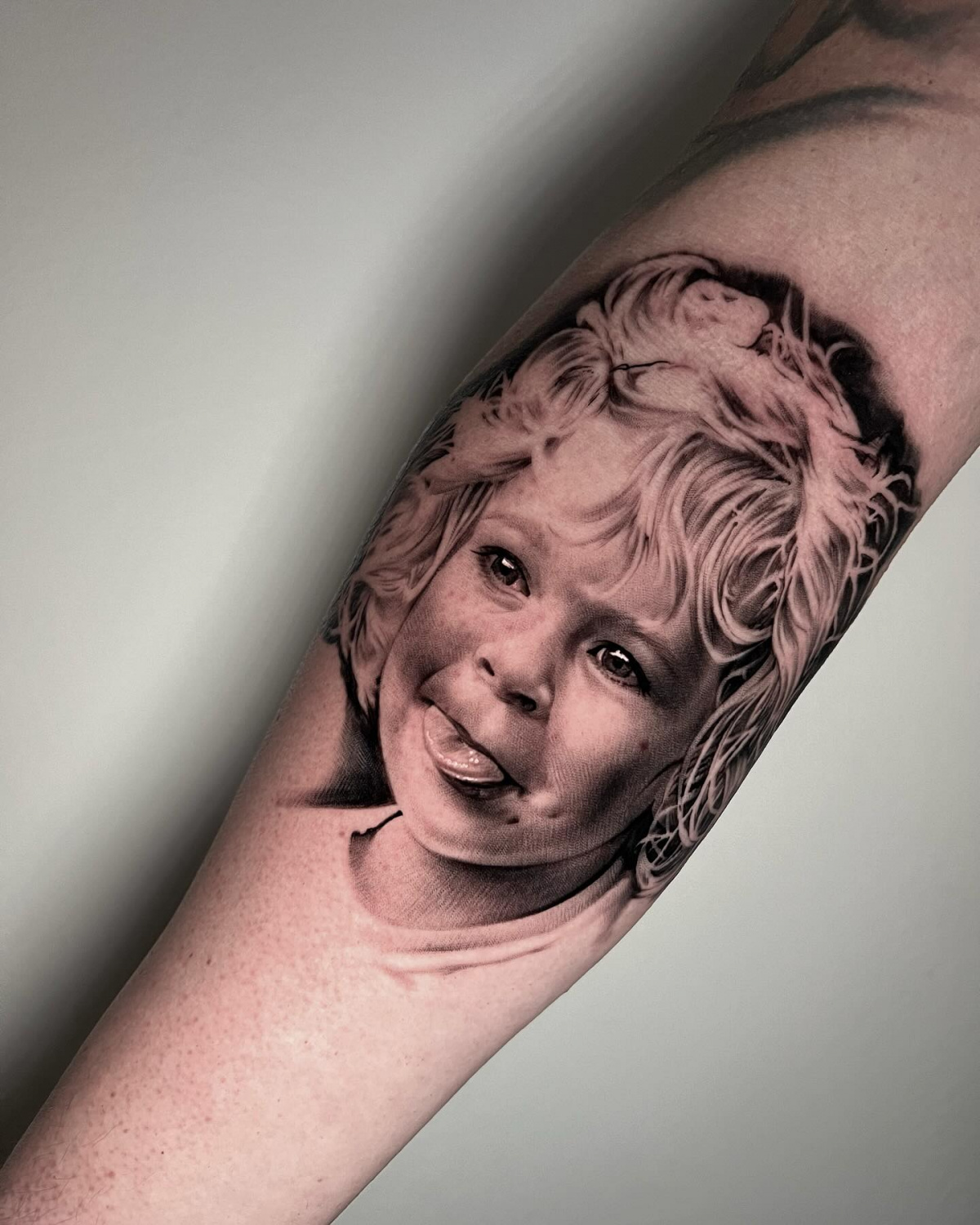
How do you balance your artistic vision with the preferences of your clients?
- I am in an extremely lucky position where my clients often give me a lot of creative freedom. They will often give me a subject, theme, or feeling that they would like the tattoo to express, and the rest is up to me. I do tell my clients that I would rather hear the story behind the tattoo than what they expect it to look like. This gives me more freedom to be in control of the reference and thereby also the vision I get from their stories.
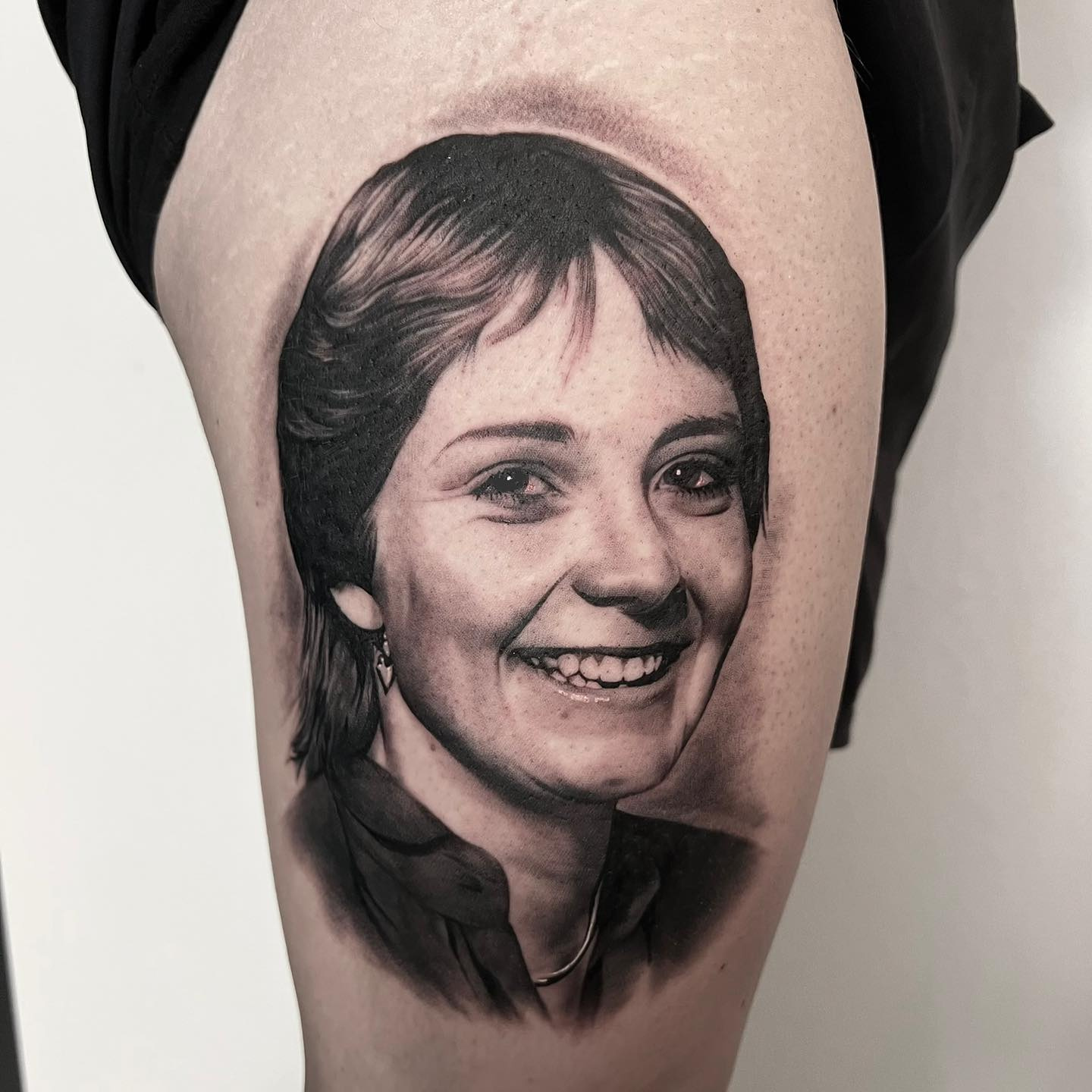
How has your style evolved since you first started tattooing, and what do you think has contributed to that evolution?
- In the beginning, I would do just about anything the client asked for. But after giving birth to my daughter, I got postpartum depression. Life got turned upside down, and I think my coping mechanism was to do designs that reflected how I was feeling inside. They weren’t really meant for anyone, but they resonated with a lot of people, and I started getting booked for projects that had a more dark and melancholic feel to them. We live in a society where many people deal with things like depression, anxiety, abuse, addiction, and loss, to mention a few. Helping them cope by visualizing their emotions is something I found extremely rewarding.
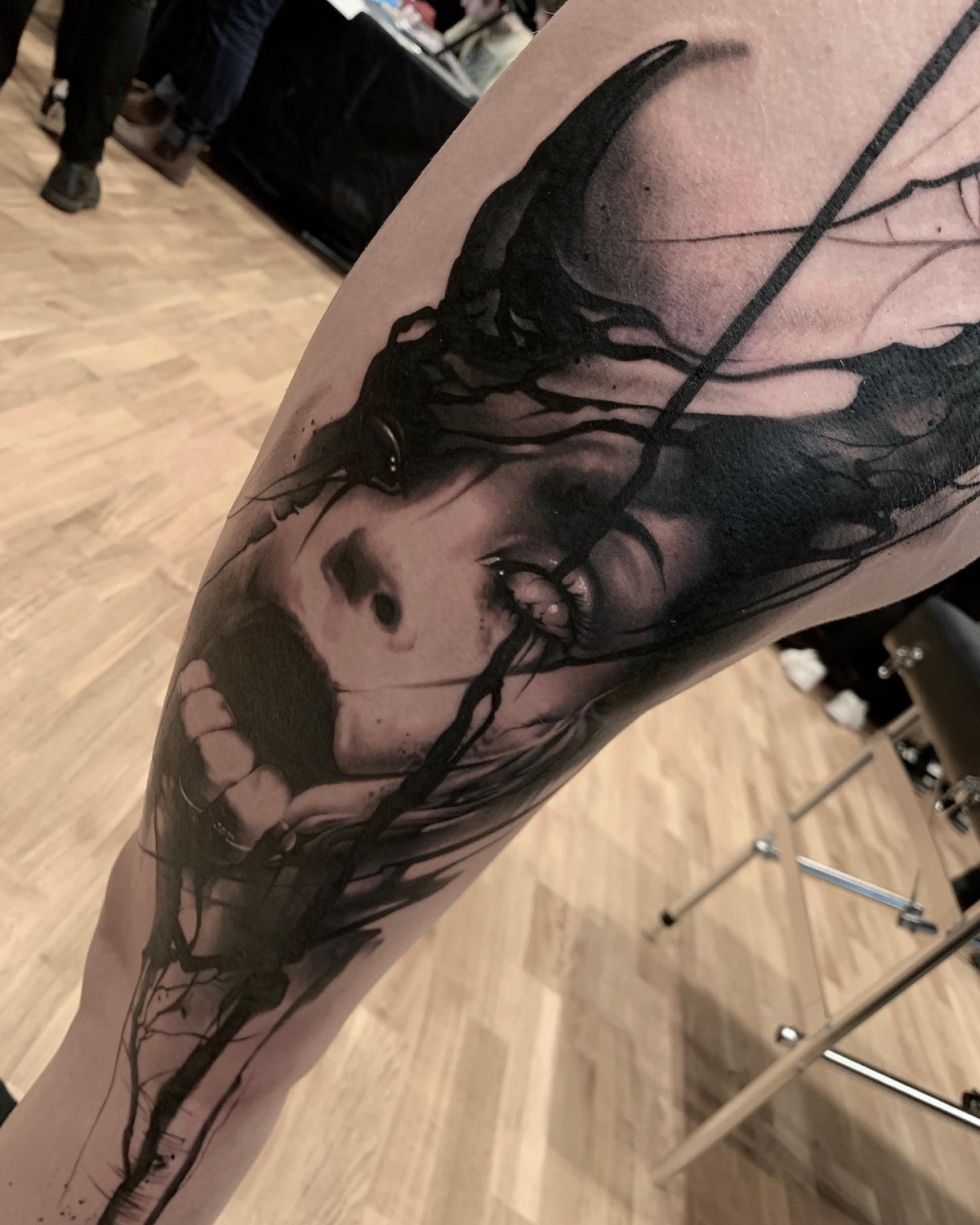
Where do you work now?
- So right now, I work from my own little private studio in Odense, Denmark.
Here, the focus gets to be on the client since I’m alone with them in the studio.
I wanted to build a safe space where clients with different backgrounds and stories would feel comfortable to share freely without judgment and with no interruptions.
You have participated in numerous conventions. What was that experience like for you?
- I think it’s super important to set yourself goals in your career, and for me, all of these “invite-only” conventions seemed so out of reach when I first started tattooing that they became a goal of mine. Only the best of the best got to attend, and it seemed like the biggest approval stamp you could achieve. So I started out by attending all the Danish ones. And I started winning prizes.
With time and dedication, I was fortunate enough to get accepted to some of the biggest and best conventions, like London, Le Mondial in Paris, Stockholm Ink Bash, Gods of Ink, and Milano.
Conventions have given me the opportunity to meet and work next to some of the most amazing and inspiring people in this industry and win prizes judged by some of my idols.
It has given me so much more confidence in my work and my style, and at the same time humbled me to my very core.
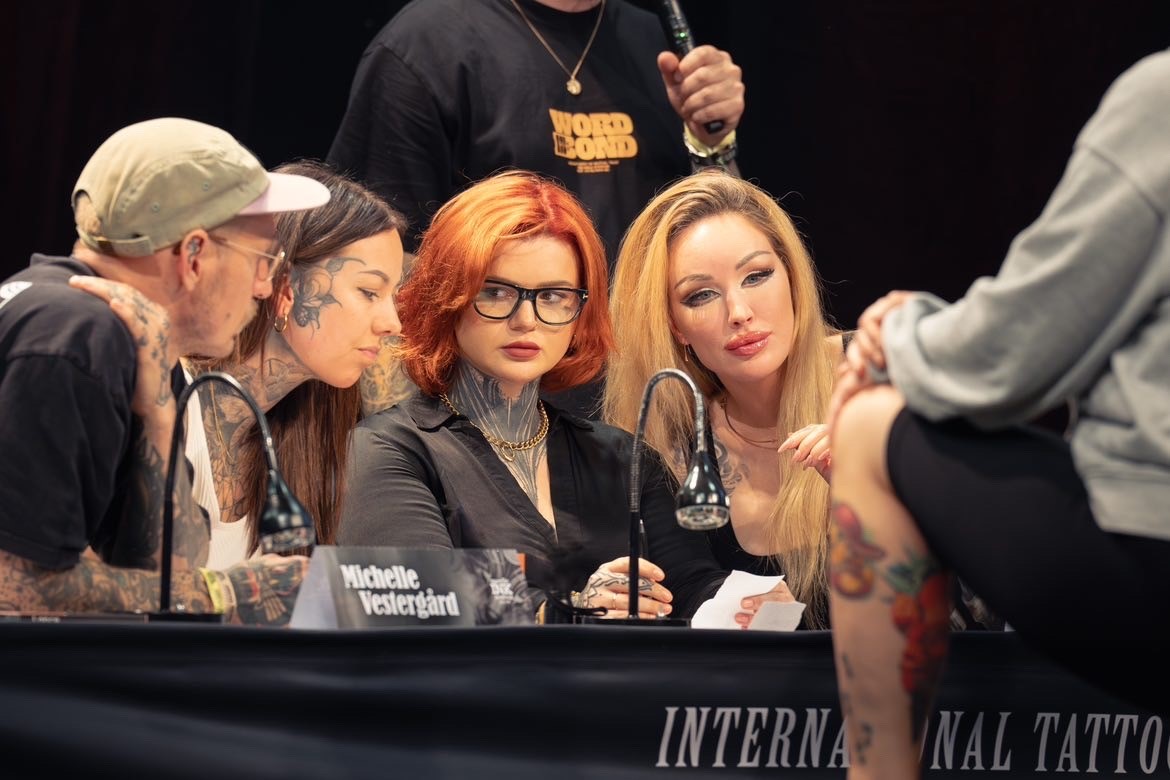
You're also sponsored by major brands in the tattoo industry. What does this collaboration give you? Are you able to influence the industry and the products these companies produce?
- I’m so thankful for brands like Cheyenne and Bheppo that trust me to represent them. I’ve always had the mentality that I only want to be sponsored by the brands and companies whose products I actually use and find to be the best for my technique and work.
Because I do have a lot of people asking me for tips on how I work, I can give them an honest reply and help them in the best way I can.
How do you stay motivated and inspired in your creative process, especially during challenging projects?
- I perform best under pressure, so if I find something challenging or have a hard time getting the design just right, I will postpone it until I have no options left. For some reason, this is when everything comes together. I don’t know why this is, and it can be stressful at times, but it works for me.
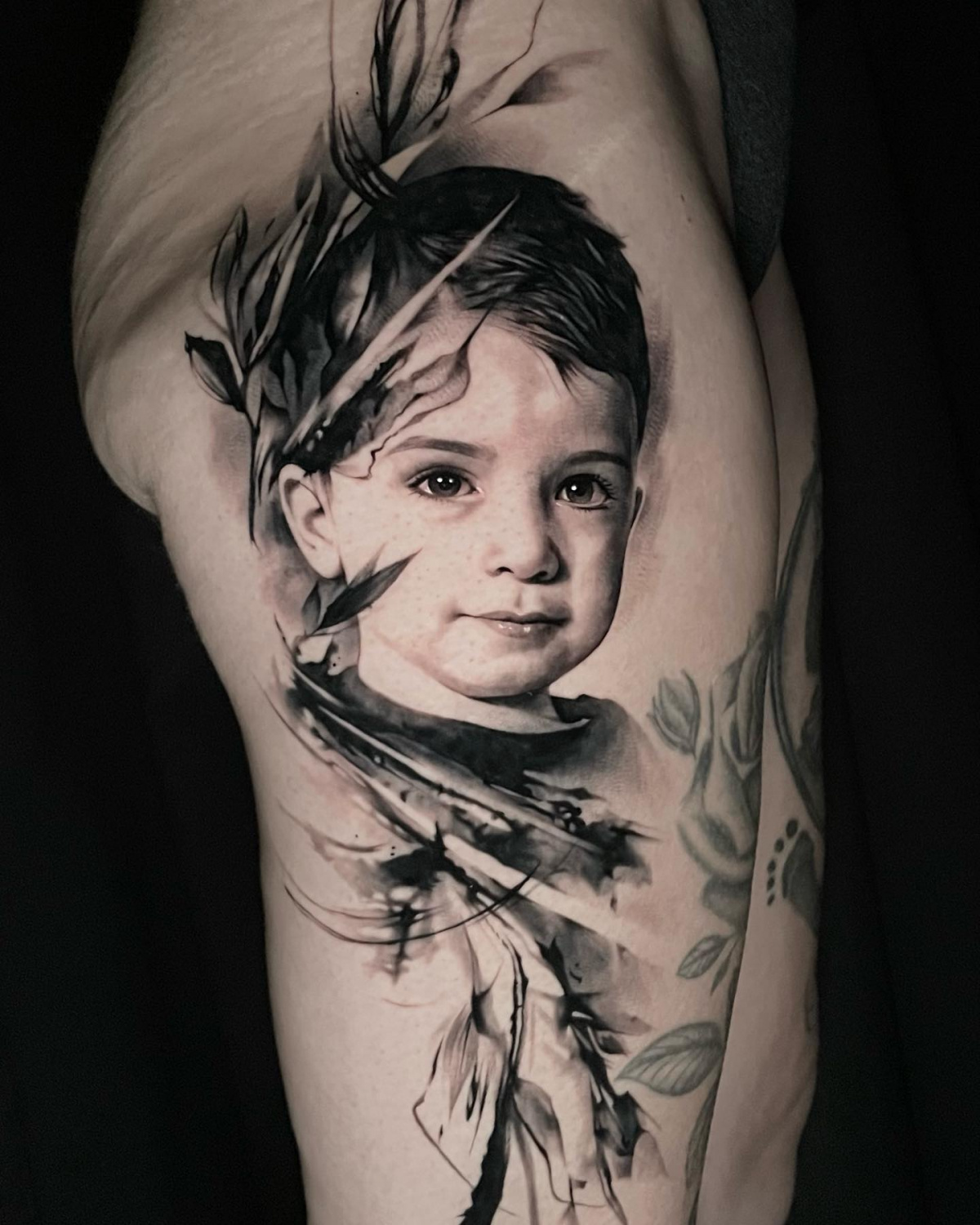
Also, I think your environment can either make you or break you. So being surrounded by other creative artists is something that I find a lot of inspiration in. But being the introvert that I am, I charge myself in my own company, and this is where I feel the most comfortable. For me, it’s about the balance between having my own private studio and prioritizing conventions.
Can you discuss any upcoming projects or collaborations that you're excited about?
- I don’t have anything specific in the calendar right now. Lately, I’ve been working with my best friend Christian Boye on some collaborations, combining his and my styles into some bio realism. I’m really enjoying it, and I hope we get to evolve this style and do a lot more of it.
I would also love to work more with other artists and do more collaborations because it really pushes you into thinking differently than what you would normally do.
Many successful tattoo artists share their experiences with young tattooists. Do you conduct workshops?
- Seminars and workshops helped me out so much in my upcoming time, and still do; I don’t think we ever stop learning.
Whatever I can do to help the upcoming generation, I will. So I’ve done two seminars, and on the side, I offer private, one-on-one seminars where I sit with the artist for a full-day session and guide them through every step. These have been attended by artists of all levels.
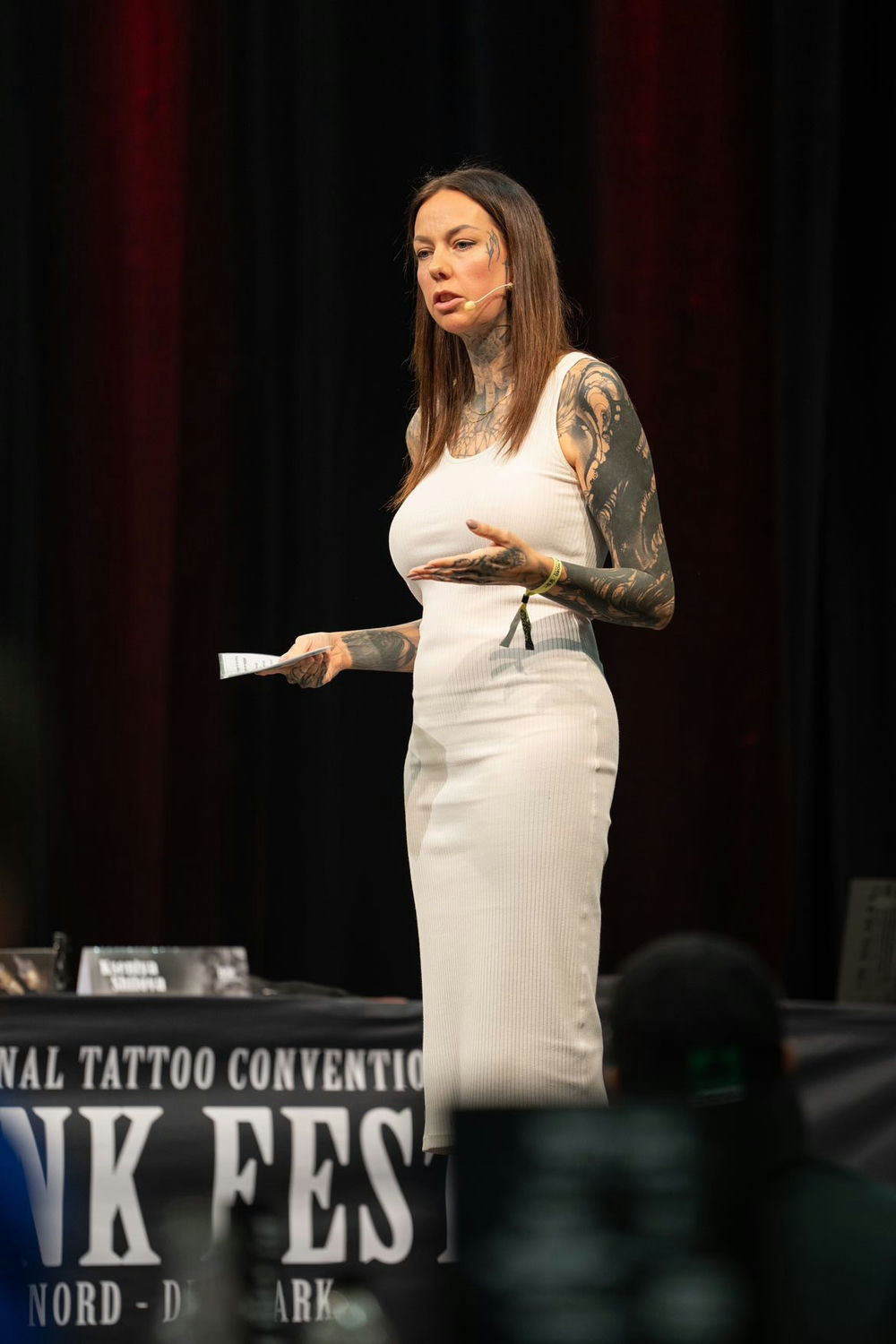
One thing that I’m particularly proud of is that I’ve been a judge at a lot of Danish conventions, and in collaboration with the organizers, we came up with a category I personally haven’t seen anywhere else. We have a category only for apprentices, where they can come up to the judges' table afterward and get constructive criticism. And I’ve been so humbled to see how willing to learn and grow these young tattoo artists are.
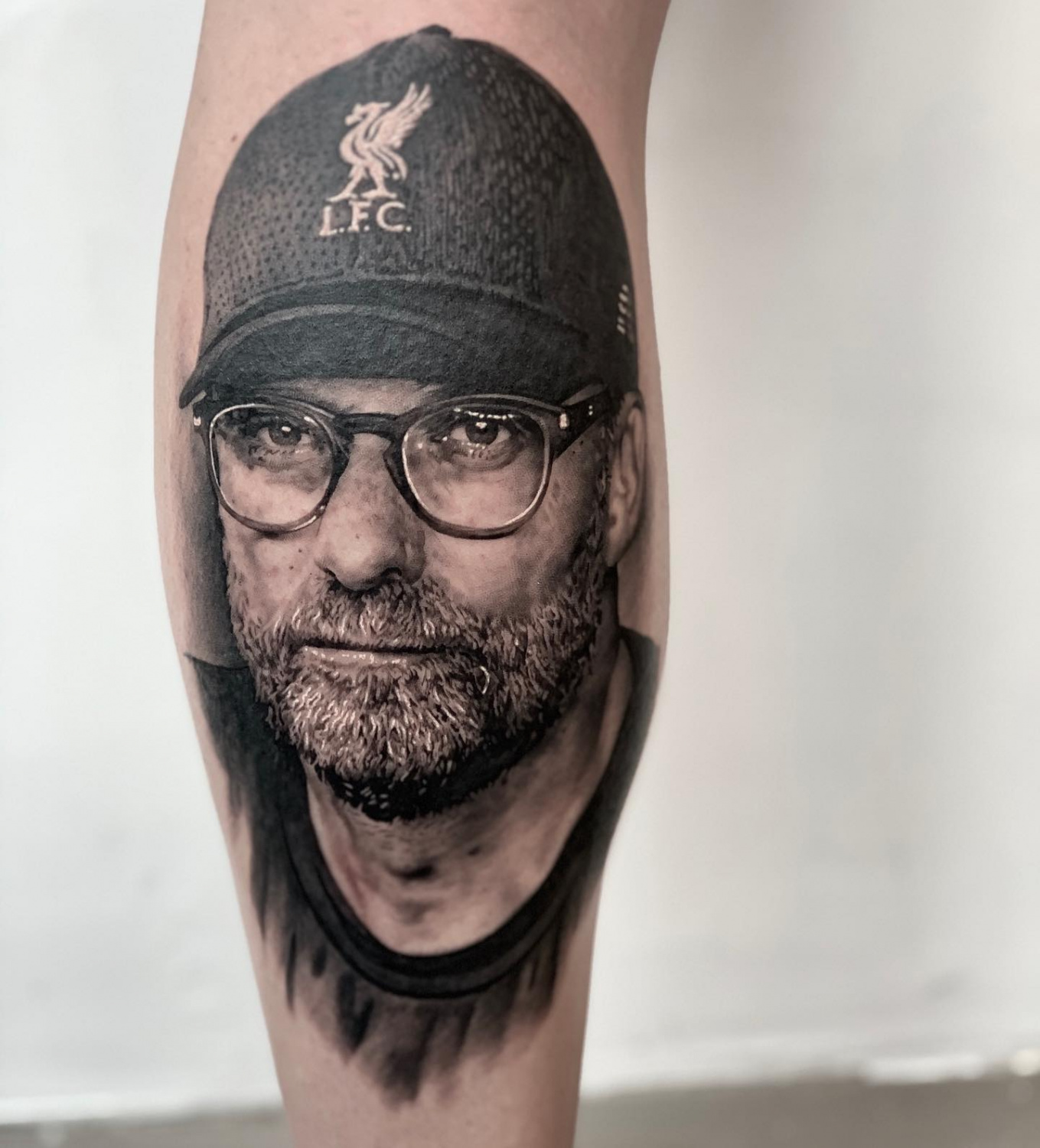
What has been the most rewarding aspect of your career as a tattoo artist so far?
- Honestly, tattooing has given me so much, it’s hard to highlight anything specific.
Small moments like winning Best of Day at Le Mondial in Paris and getting recognized for the hard work I feel like I’ve put into my career by the people that I look up to have made a huge impact on my personal self-esteem.
But I think seeing clients' eyes and expressions after getting a tattoo with a lot of personal meaning is where the true reward lies.
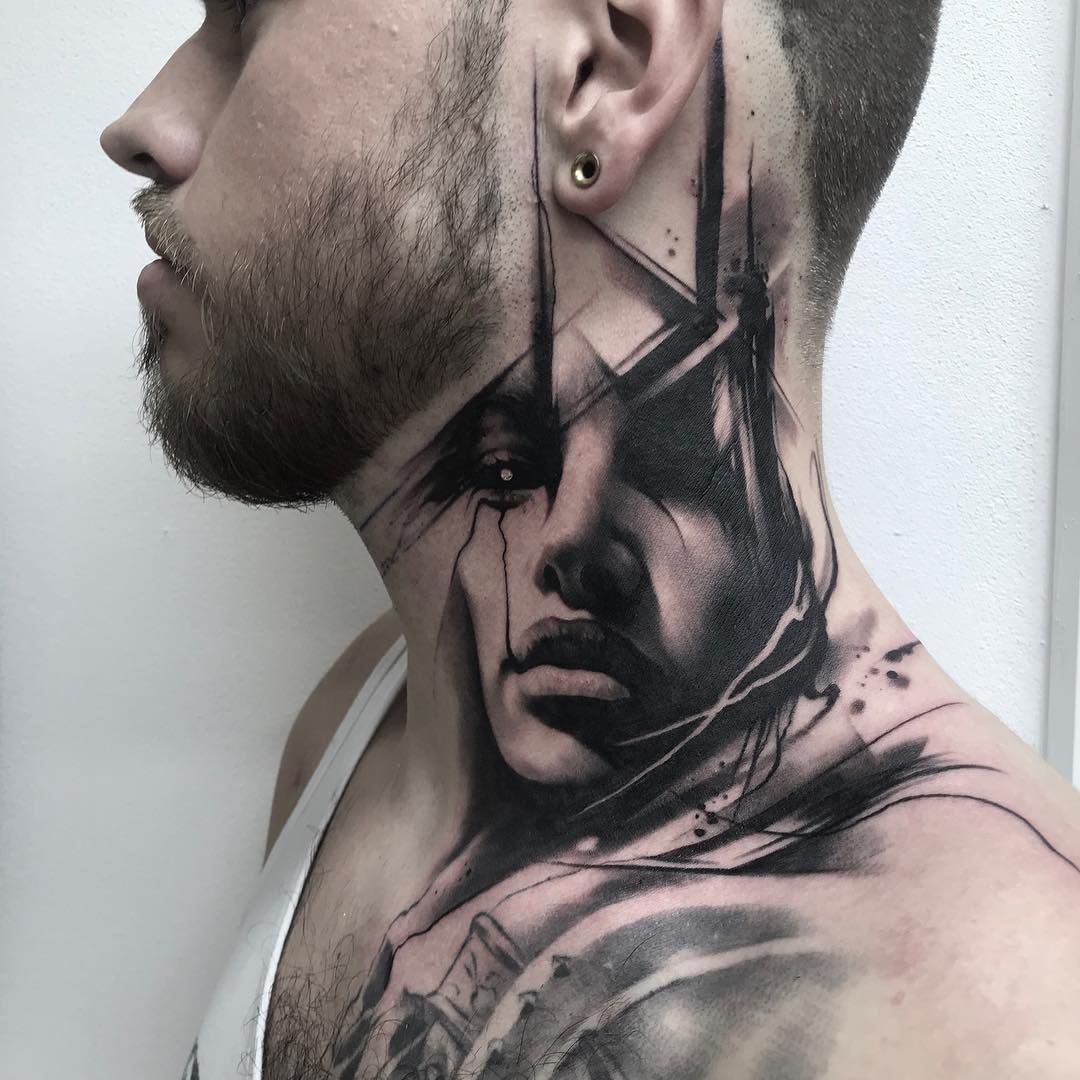
How do you see your artistic journey progressing in the coming years, and what are your goals moving forward?
- I would love to bring my art to the States and do guest spots and conventions there.
But this is a long process that requires a visa. So maybe in the future, I will have the opportunity to work there.
Also, I would love to do more full-size body projects, where the client would travel with me for different conventions. I think this would be a really fun project, showing off a different side of my art.
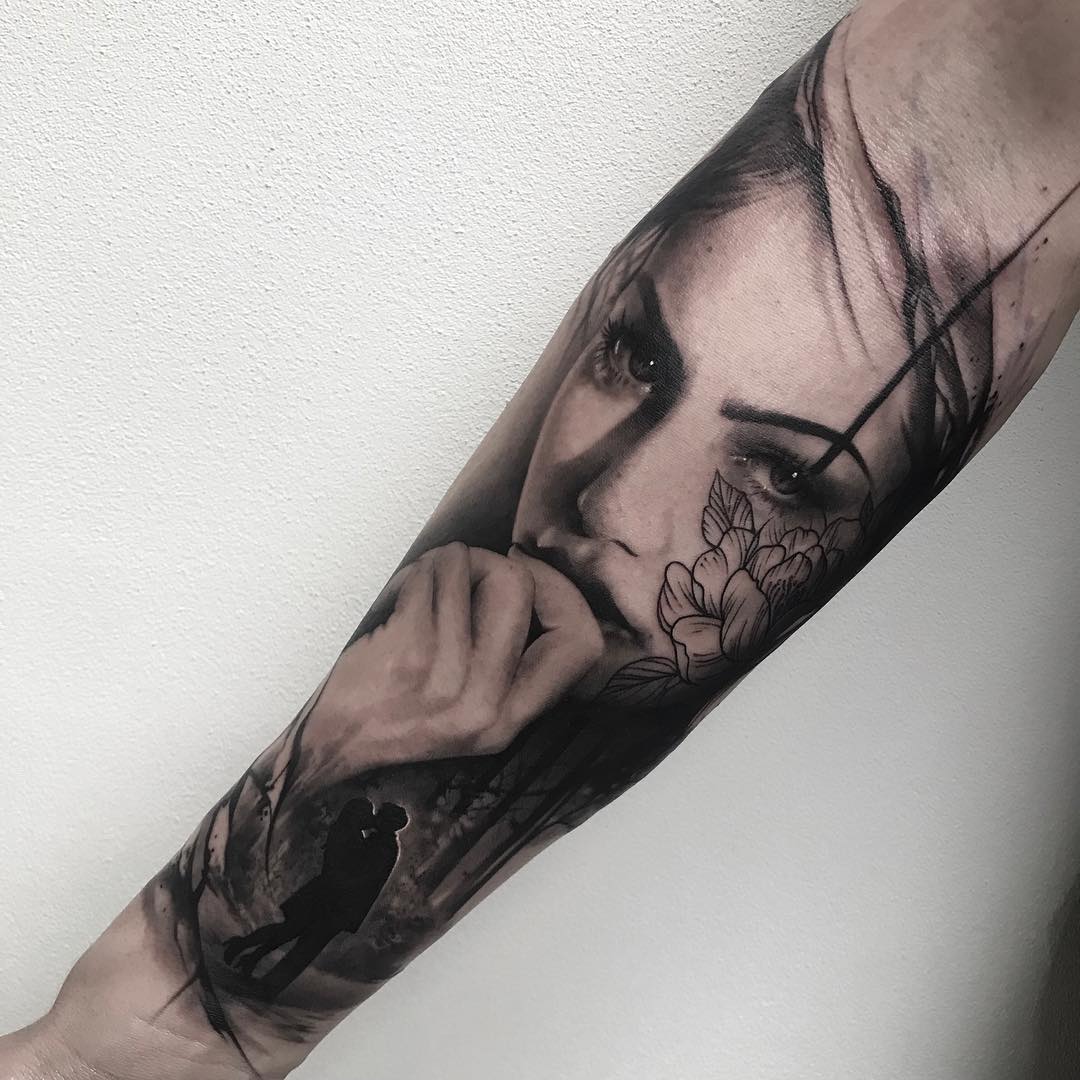
What advice would you give to aspiring tattoo artists looking to develop their skills in portrait realism?
- I would say to start out by becoming really confident in portraits that don’t necessarily have to look like anyone specific before moving into personal portraits.
Have enough respect for the client to say no if you’re not comfortable with your own level yet, or if the reference picture isn’t good enough to get a satisfying result.
Also, seek out artists that you look up to and admire, and try to learn from them. Get a tattoo from them, watch them work, or ask if you have questions. So many artists are so nice and would love to help, because somebody probably helped them when they first started.













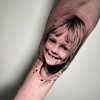
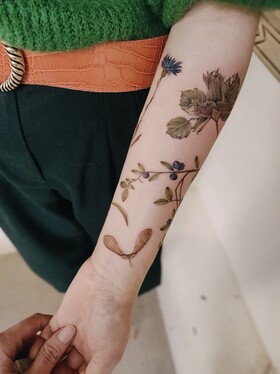
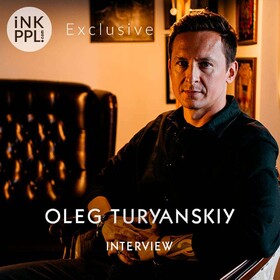
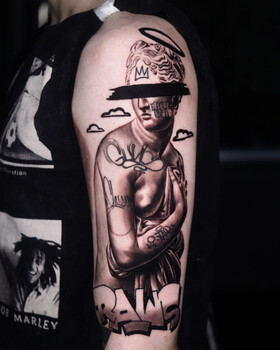
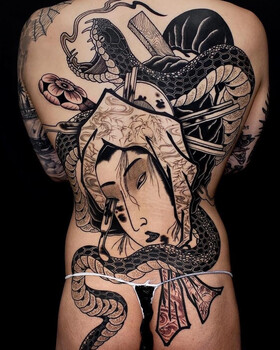
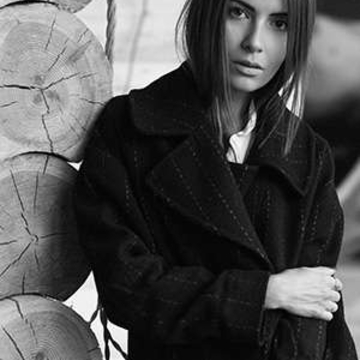
I think afraid.org 29
is pretty legit. Been around for years, full DNS like you’d have on a “real” domain and it’s free.